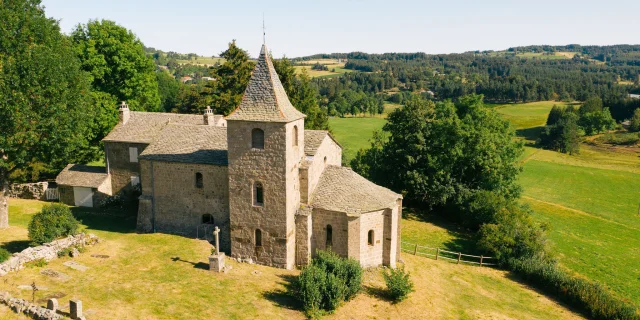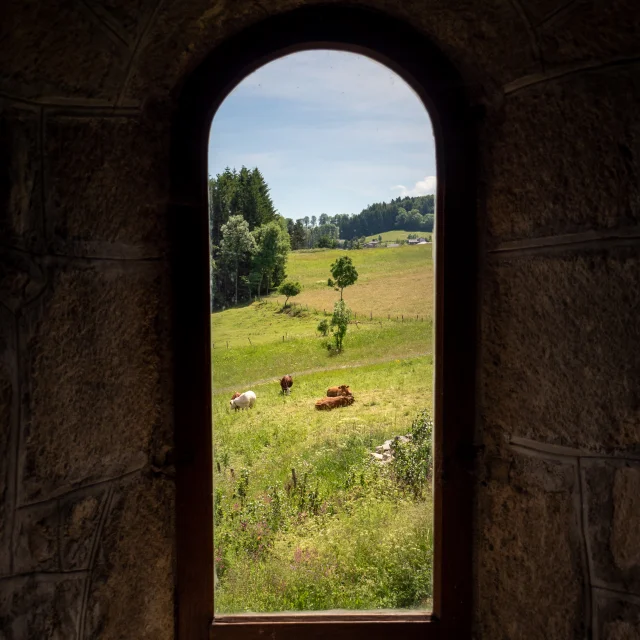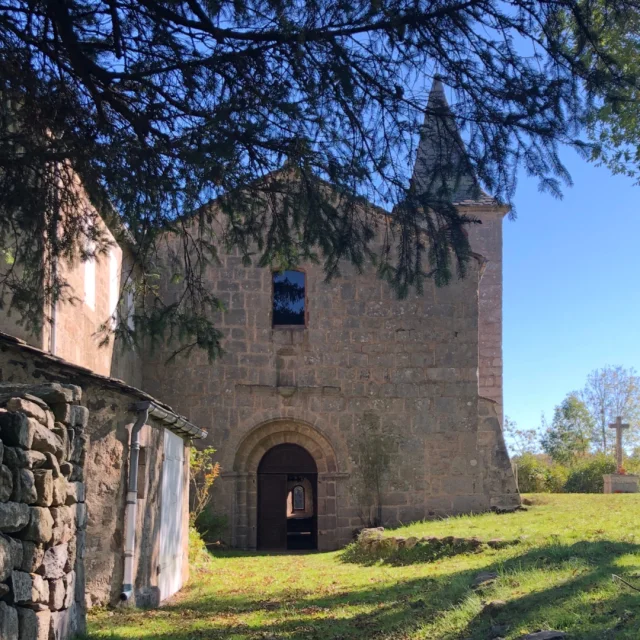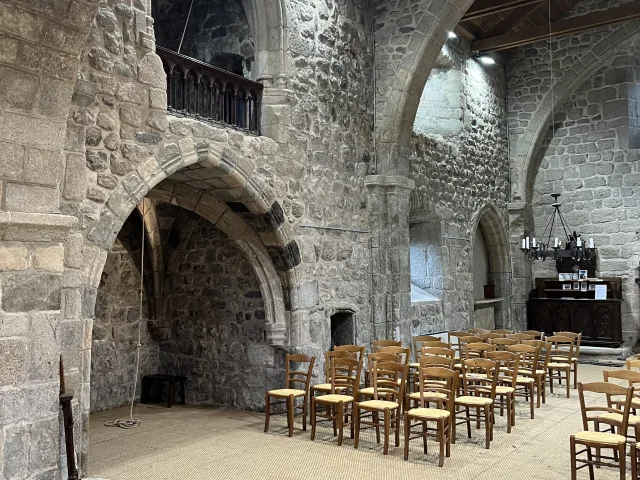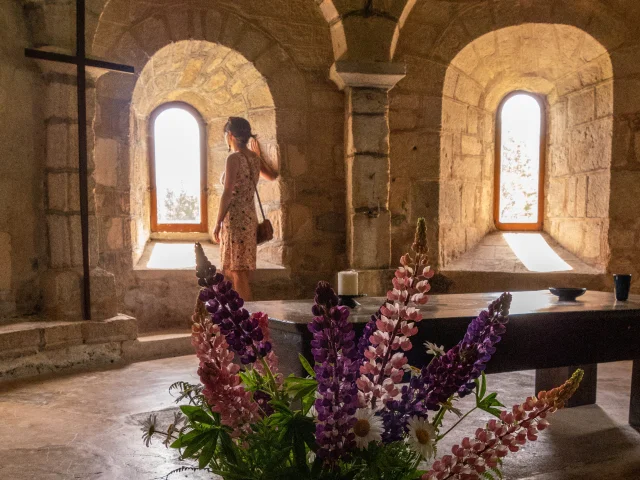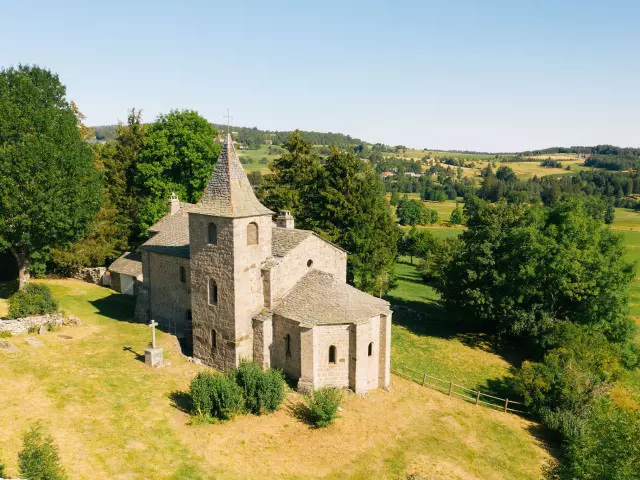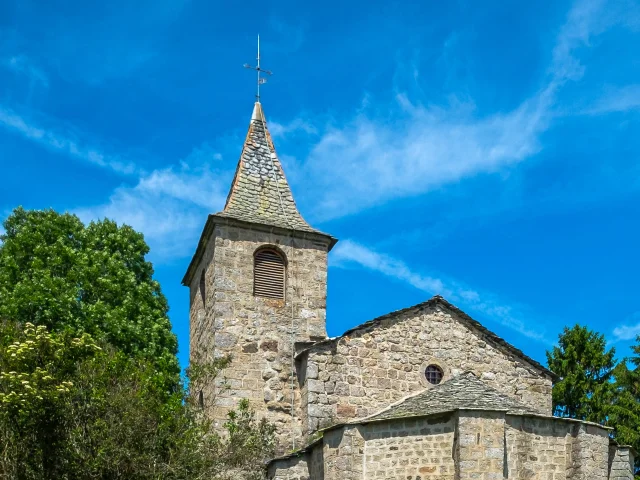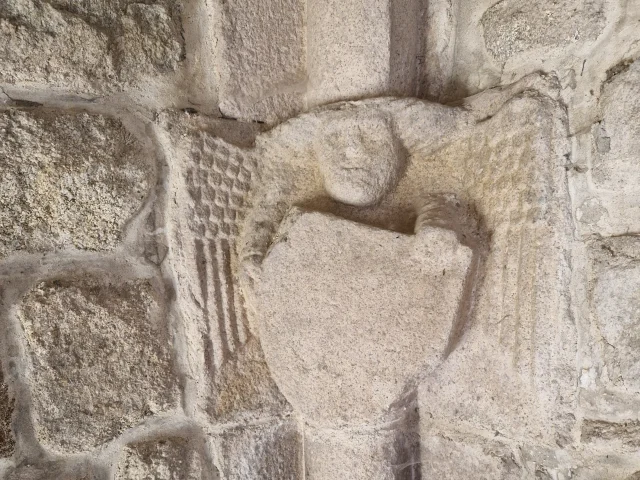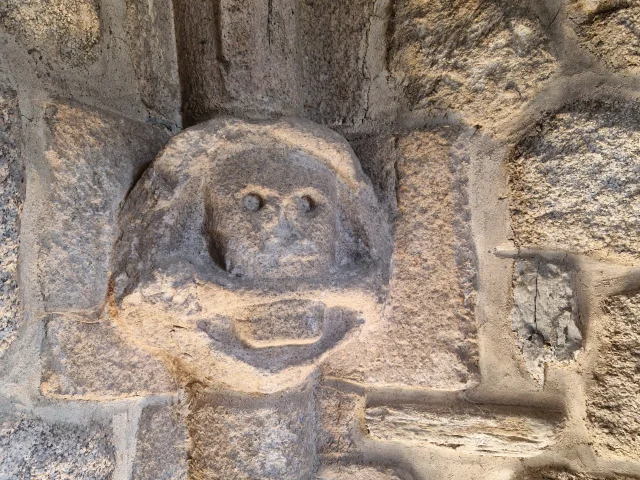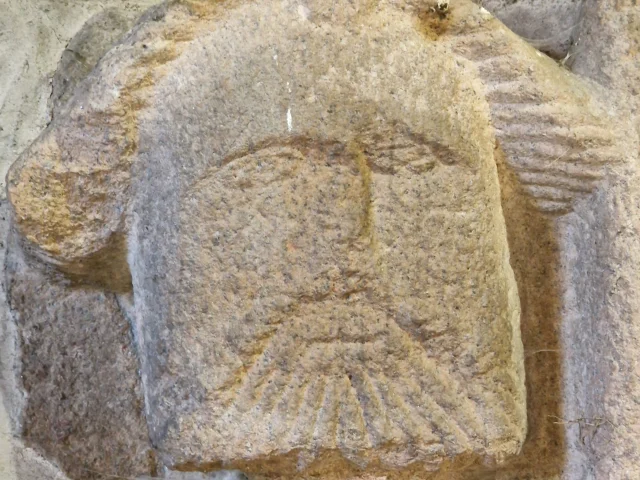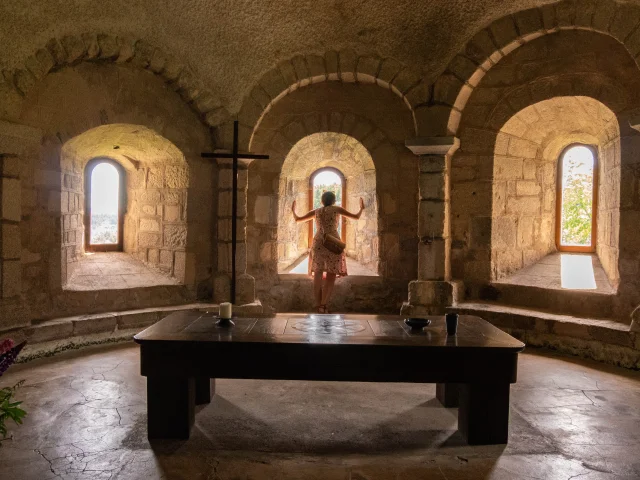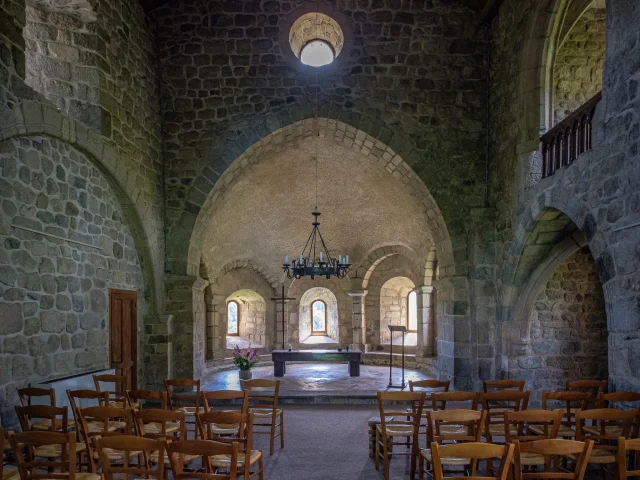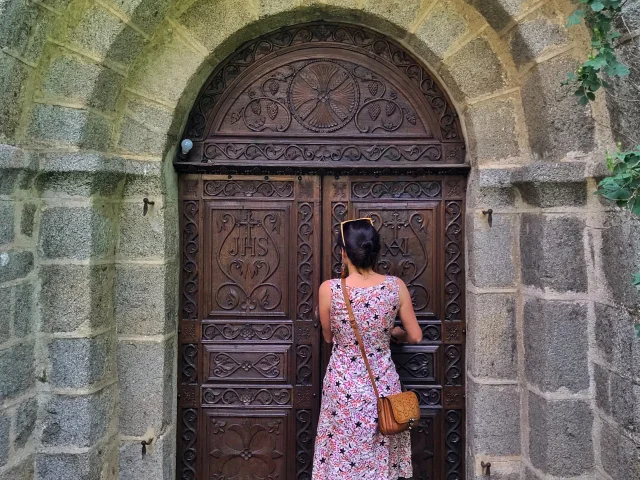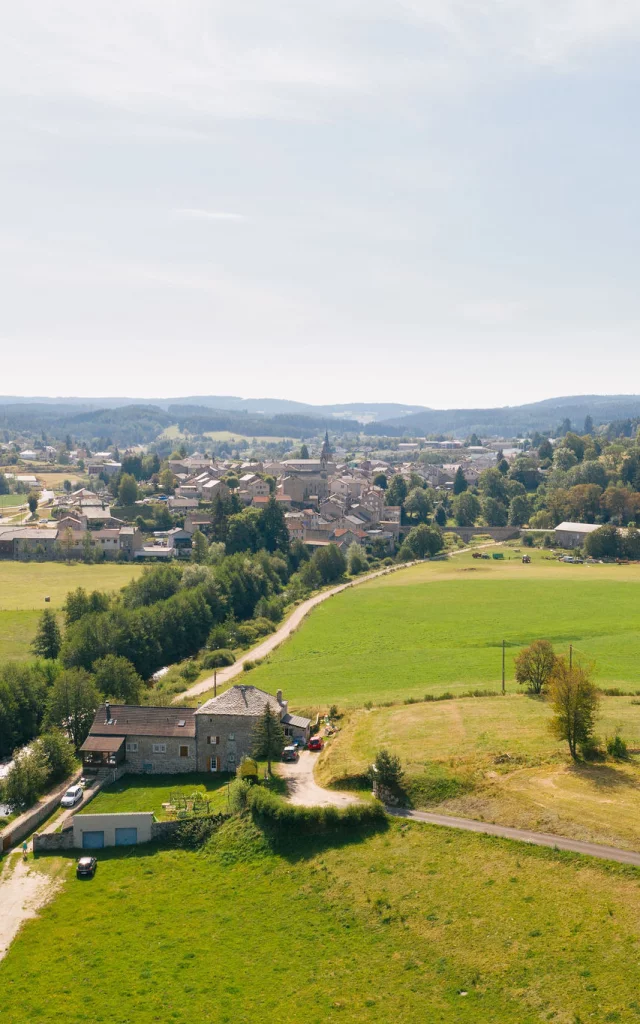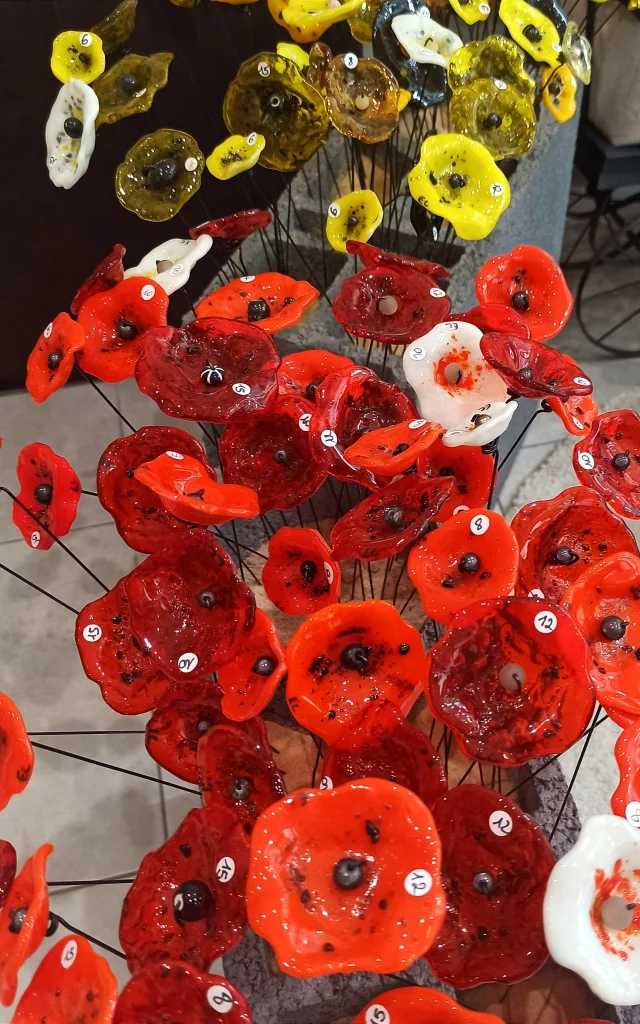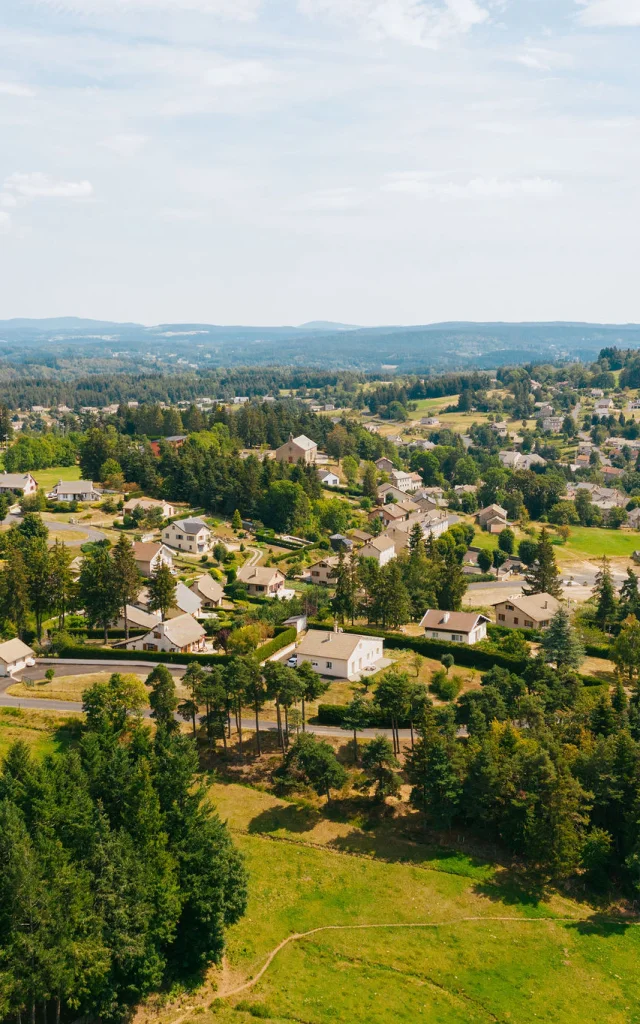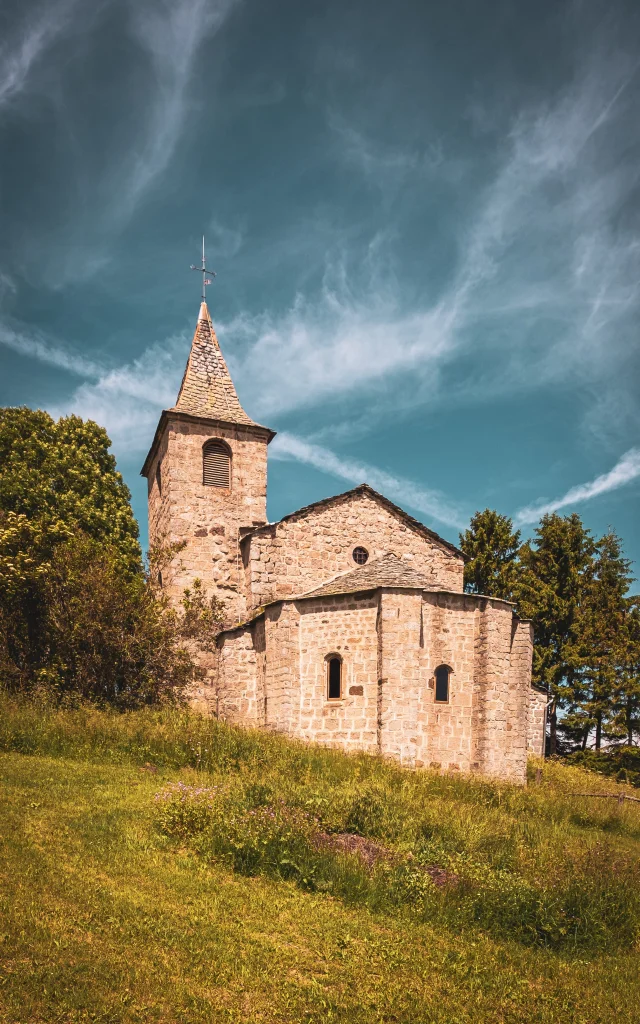The churchand the hamlet of Saint-Voy
The hamlet of Saint-Voy, located on the north face of the Saint-Voy rock, 1.5 km from the village of Le Mazet-Saint-Voy, is home to this charming little church.
In Le cartulaire de Chamalières, 1021, mention is made of the existence of the parish of Saint-Voy in connection with the seigniorial villa of Monteillet.
Saint-Evode, undoubtedly the first bishop of Le Puy, who became Saint-Voy after various deformations, most probably gave the parish its name.
The Churchand the Protestant Reformation
Since the 14th century, its history has been closely linked to that of the Protestant Reformation in the region.
As early as 1560, under the influence of parish priest Bonnefoy, the parish joined the great Reformed movement.
It is said that the church was used for Reformed worship for perhaps fifteen years. A temple was built not far from the church in 1598, as Saint-Voy was one of the few places authorized to practice the Reformed religion mentioned in the Edict of Nantes. It would later become known as the Consistoire de Saint-Voy.
The Saint-Voy temple was destroyed in 1679, six years before Louis XIV revoked the Edict of Nantes in 1685.
The country once again experienced difficult times, entering the so-called “desert period”.
Forbidden to worship, the Reformed gathered at the secret arrival of a pastor to regularize baptisms and marriages, which they no longer formalized with the Catholic Church.
One of these large gatherings, at the Dolmen des Pennes, was dispersed by the king’s dragoons in 1749. Since the 16th century, pastors have left to train in Geneva, where Calvin perfected his doctrine, and the strong link with Switzerland continues to this day.
 Outside Saint-Voy church
Outside Saint-Voy church 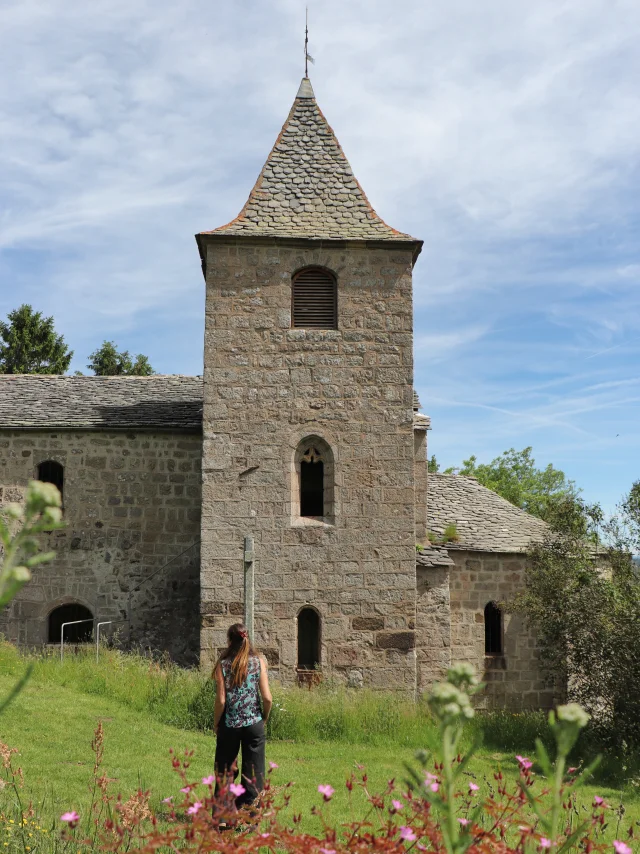 Saint Voy Church
Saint Voy ChurchA tumultuous historyto save Saint-Voy Church
In the 17th century, a bishop mentioned this church with its sunken vault and celebrated mass under a section still standing.
With the Edict of Toleration (1787), Protestants regained civil status, but had to wait until 1789 to obtain true religious freedom.
In 1802, the Organic Articles were published, extending the provisions of the Concordat to Protestant worship. The temple was rebuilt in the 19th century, in 1822 at Le Mazet.
In 1860, the Fay-Tence road was built. This gave new importance to the hamlet of Le Mazet.
The commune took the name of Mazet-Saint-Voy in 1879.
The chapel became disused in 1905, when church and state property was separated, and reverted to the commune. There was no longer a Catholic parish in Saint-Voy.
The church collapses. It was in ruins when the Association des Amis de Saint-Voy was formed to restore it.
